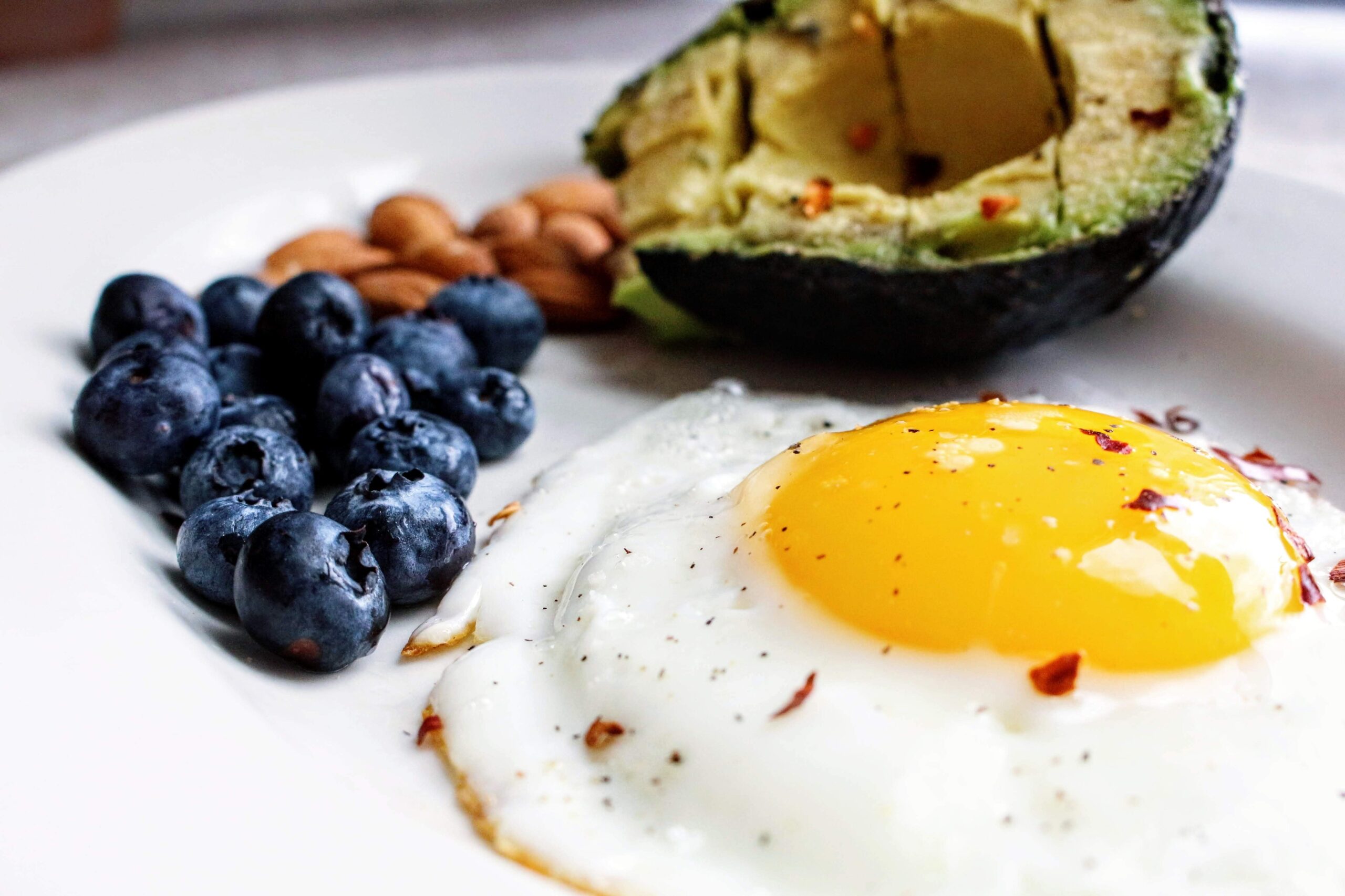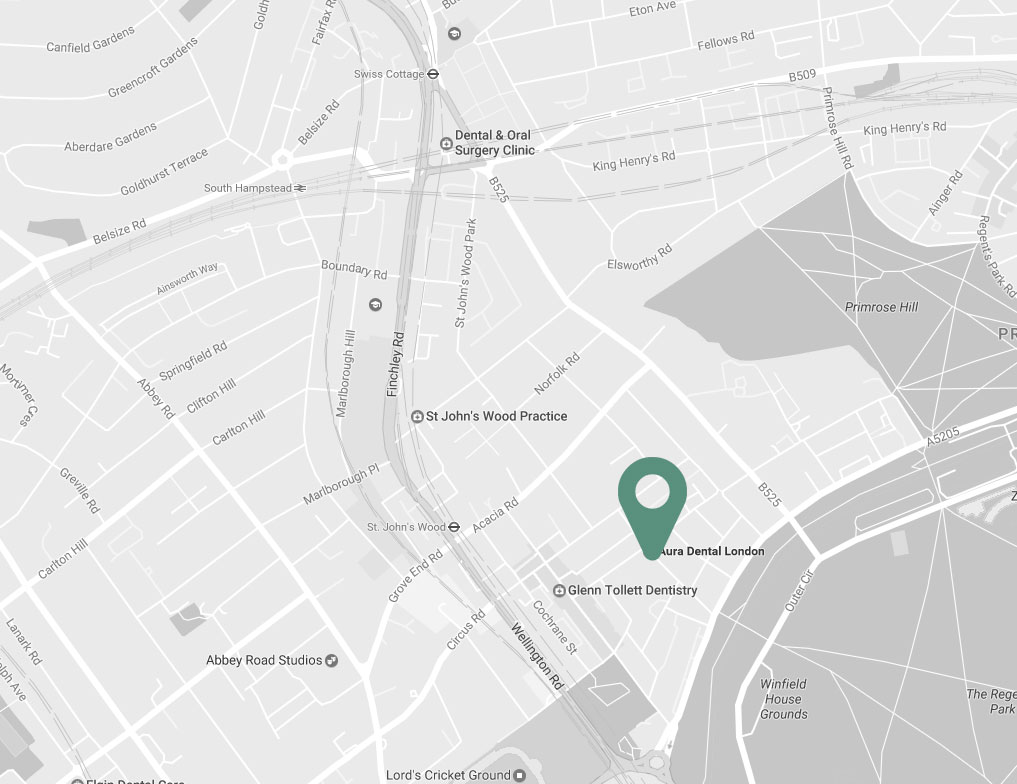
First of all, it’s worth mentioning that the Keto Diet is not for everyone, and definitely not forever. The Keto Diet (KD) was first introduced years ago to mimic the metabolism of fasting, as a treatment for epilepsy. Today it is being suggested by practitioners in the successful treatment of patients suffering from neurological and neurodegenerative conditions, such as Alzheimer’s, Parkinson’s and Multiple Sclerosis, but also blood sugar imbalance conditions, such as Metabolic Syndrome, Type 2 Diabetes, and PCOS.
The KD is also very popular among patients with certain types of cancer, as cancer cells thrive on sugar. For the same reason, the KD is commonly used for gastrointestinal conditions, such as dysbiosis, parasitic infections and Candida albicans, as pathogenic bacteria, parasites and yeast use carbohydrates in order to reproduce. Many individuals today try the KD in order to lose weight and become fitter, whether they are obese or just have a few extra pounds.
Before jumping on a KD it is very important to first consult a qualified, and ideally, experienced practitioner. A KD when not personalised to the individual can cause a host of side effects, some of which can be serious (constipation, low blood pressure because of electrolyte imbalance, nutrient deficiencies, hormonal imbalances if you are a woman, and an increased risk of cardiovascular disease are some of them).
Restricting carbs is quite straightforward when talking about the KD. However, carbs are not the only macronutrients that increase insulin secretion and as a result store blood glucose in fat cells. Proteins as well can cause insulin spikes when over-consumed. The only macronutrient that doesn’t spike insulin is pure fat. For this reason, you need to be adhering to very specific fat/carb/protein ratios when following a Keto Diet.
Unless you consult a nutrition expert you will not be able to structure a plan based on these ratios. Moreover, most people need a slight adjustment to these ratios to ensure safety and long-term health. What’s more, we have learnt to fear fat, but the truth is that “fat is burnt in fat!”. Protein should still be a condiment to veggies (mainly green!) rather than the main meal.
While when eating in restaurants, the options are quite straightforward, the majority of foods you consume need to be of high quality in order to achieve your goals, whatever they are. Gulping down processed, industrialised oils and fats will not help you reach your goals.
Anti-inflammatory fats, on the other hand, like oily fish, grass-fed meats, pasture-raised eggs, cold-pressed olive oil, olives in brine, avocado, avocado oil, extra-virgin coconut oil, raw nuts, seeds and their butters, ghee, some grass-fed dairy, lard, tallow, cocoa butter nourish the body. Of course, you will not be eating the same amount of all fats. You need more polyunsaturated fats and less saturated fats.
Restricting carbs doesn’t mean you can have as much protein and fat as you like. It is still important to be eating until you are 80% full and not uncomfortably full. While focusing on calories is not a good habit, calories are still calories. if you are having lots more calories than you are burning, it makes sense that you will burden your body, not lose weight and certainly not gain full KD benefits.
Carbs are stored with water. So the KD is a dehydrating diet. Get ready for lots of peeing when you first jump on the diet! We don’t want you dehydrated though, so it’s very important that you keep an eye on your daily water intake.
You will need good mineral and electrolyte balance on top of lots of fluids, in order to keep well hydrated. in addition, toxins are stored in fat cells. Your body doesn’t like toxins circulating in your blood. So if you are not drinking enough water to flush those toxins out, your body will not get rid of fat cells (and toxins)!
Most people underestimate how many carbs are found in certain foods, for example, dairy contains some carbs (it’s not plain protein and fat), in the form of lactose. Usually, the less fat in the dairy, the more the sugars. Also, coconut yoghurts, even unsweetened ones, do contain quite a few carbs. Relying mainly on vegetables for carbohydrate intake increases the chances of a successful KD.
… like completely eliminating fruit and certain vegetables from the diet. Like any other diet, the KD should be a varied diet. With time, you will be able to tolerate more carbs than when you begin.
You cant restrict both calories and carbohydrates. Your body will be starving and you will wreak havoc on your metabolism. The moment you stop the KD, you will gain all your weight back and much more. You should be eating roughly as many calories as your BMR requires.
Such as artificial or even natural non-caloric sweeteners and other processed similar products. These products are quite processed and slow down the burning of fat. Also consuming such sweet products, without calories, triggers the brain to ask for something sweet, and here come the cravings!
Finally, some people give up while only a few days on the diet. This usually happens because they experience what is commonly known as the“keto flu”. If you don’t drink enough water and don’t get enough electrolytes, you risk ending up with an electrolyte imbalance (feeling ill, as if you have the flu, brain fogged, dizzy, fuzzy-headed, faint, anxious and often having a metallic taste in the mouth).
For this reason, it is very important that you increase your sea salt (or Himalayan salt) intake while on the diet. If you feel dizzy or unwell, and after sweating, add 1/4 to 1/2 tsp of salt to water and drink immediately. Some people, especially those who exercise a lot, might need some extra supplemental electrolytes or a homemade electrolyte drink.


| Charlbert St, St John’s Wood London NW8 7BT |
|
| +30 6977 2099 88 | |
| info@naturopathy-med.com |